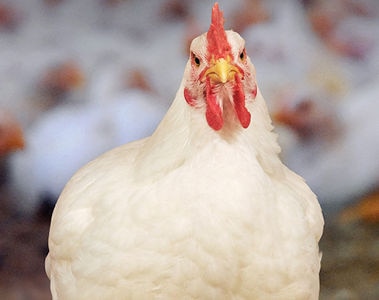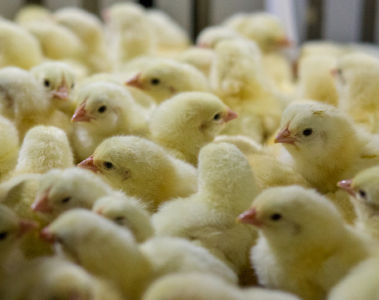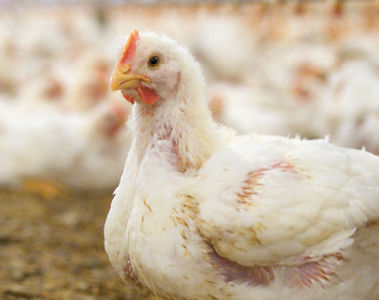Introduction
When it comes to implementing coccidiosis control programs, nothing beats the hands-on experience of working with birds and seeing the performance results of different programs. Unfortunately, there is no ‘one size fits all’ solution for coccidiosis control in broilers, so programs need to be tailored to individual farms and flocks. Success with a particular program on one farm does not mean it will be successful on another farm.
Considerations
Before implementing any plan, the first consideration must always be the market and customer requirements regarding antibiotic usage. If birds are being grown under a ‘no antibiotics ever’ (NAE) system, this may also restrict the use of some ionophore products.
Once customer requirements are met, a balance must be struck between bird health and cost. This overlap can be most clearly seen in livability, feed conversion rate (FCR) and average daily gain (ADG). Consideration must also be given to the end weight of the birds with adjustments made to the coccidiosis control program for smaller vs larger birds where logistics allow.
Program types
There are various programs for controlling coccidiosis in poultry units, including:
- Straight program
- Shuttle program
- Bioshuttle program
- Vaccine only program
A straight program uses one product in the feed from start to finish whereas a shuttle program uses more than one product in the feed.
A bio-shuttle program combines a vaccine with a product in the feed. And finally, there is the vaccine only approach. Producers typically use a rotation of products over the course of a year to prevent resistance build-up.
Bioshuttle programs
Figure 1 shows the standard curve of oocysts per gram in broiler fecal samples over time following vaccination on day one. The vaccine should keep the oocyst count low in the first two weeks, and then an anticoccidial product in the feed will control oocyst counts in the later stages.



